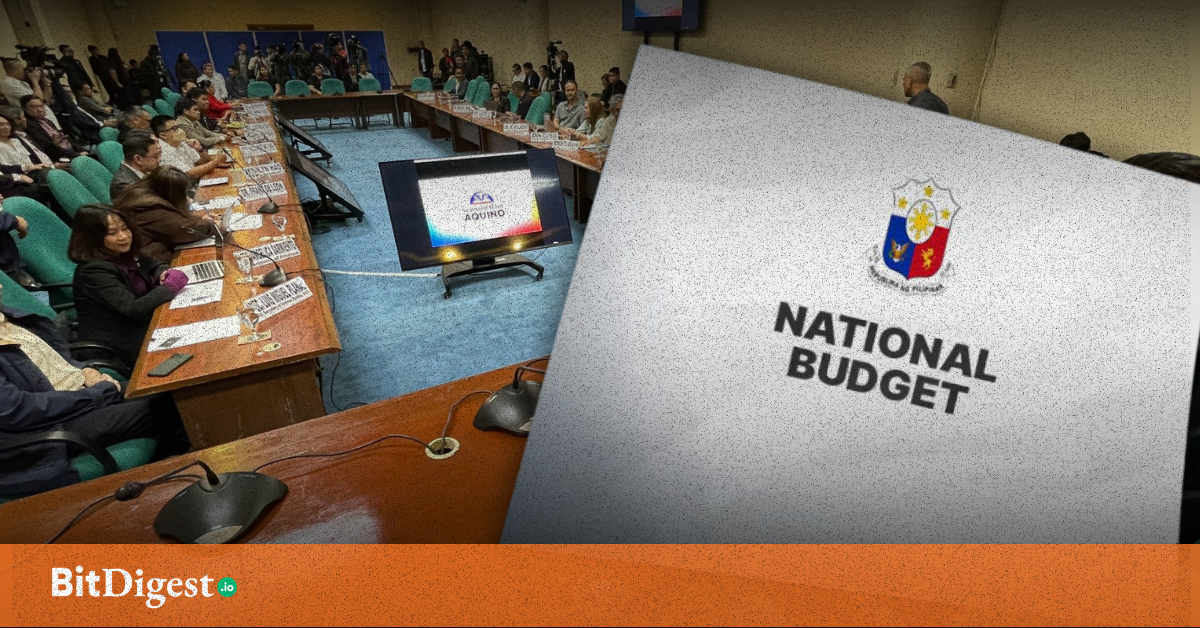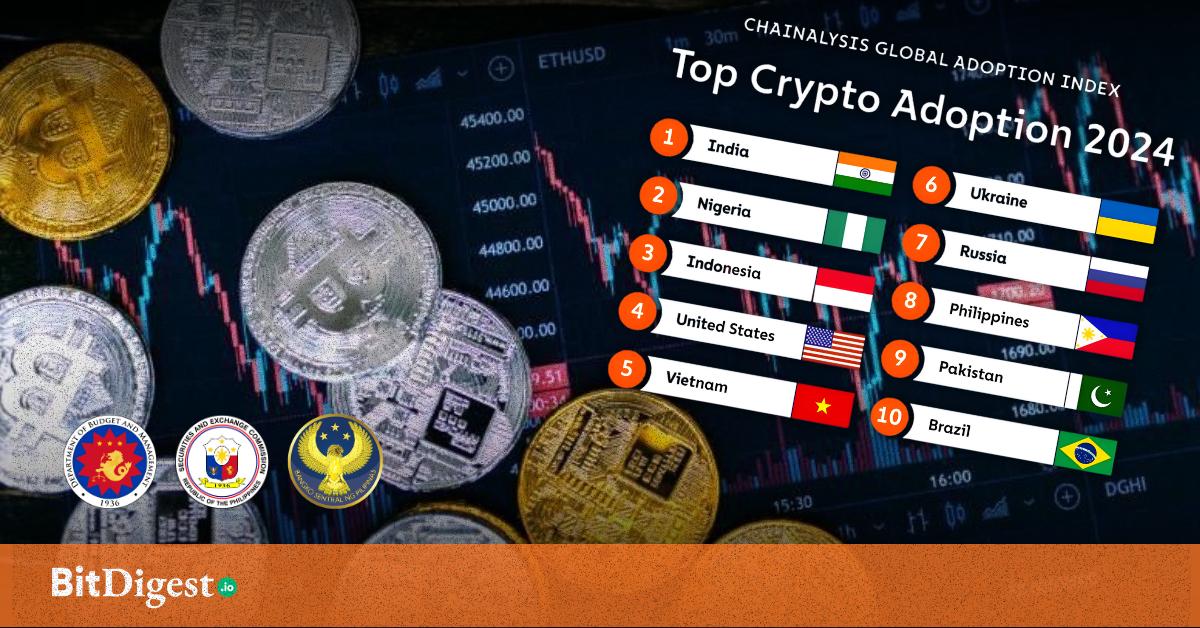The Architects Behind CADENA: Meet the Minds That Refined the Budget Transparency Bill
When Senate Bill No. 1330, informally dubbed the “Blockchain the Budget” bill, was first filed, it was met with concern over its feasibility and technical rigidity. Critics questioned whether mandating blockchain across the national budget system was realistic or practical, especially given evolving government infrastructure.
Rather than shelving the proposal, the Senate convened a Technical Working Group (TWG) composed of civic technologists, legal experts, infrastructure planners, and digital governance advocates. Over a series of meetings, including a closed-door session and a public hearing, the group helped rework the bill into what is now Senate Bill No. 1506—the CADENA Act.
Their contributions helped shift the bill from a blockchain-specific proposal into a broader, more adaptive digital transparency law grounded in cryptographic integrity, public oversight, and institutional integration.
The TWG Delegates
To steer Senate Bill No. 1330 away from its early technical and legislative pitfalls, a closed-door Technical Working Group (TWG) was convened ahead of the Senate’s second committee hearing. The goal: transform the bill’s well-meaning but rigid framework into something operational, interoperable, and institutionally viable.
The TWG brought together a rare mix of voices—from blockchain engineers and open-source developers to public finance lawyers, civil society leaders, and digital governance experts. Rather than treating emerging technology as a silver bullet, these individuals collectively worked to frame the bill around transparency, accountability, and system resilience.
Confirmed participants included:
- Luis Miguel Planas, DICT Assistant Secretary, to represent the agency’s tech-policy voice and oversight.
- Paul Soliman, Chairman and CEO of BayaniChain, a leading blockchain advocate who brought deep technical insight and public-sector deployment experience.
- Ann Cuisia, Trustee of the QADENA Foundation, an advocate for interoperability and inclusive civic tech systems.
- Jiro Luis Reyes, CEO of Bitskwela, known for pushing for improved public comprehension of digital systems and stronger security guarantees.
- Atty. Mark Gorriceta, legal counsel to the Blockchain Council of the Philippines, a key voice for aligning innovation with constitutional and data governance principles.
- Atty. Daniel John Fordan, from the Philippine Association of Fintech Lawyers, focused on ensuring legal reliability and evidentiary integrity of digital records.
- Lee Abadia, Consulting Principal at SGV & Co. provided enterprise-grade risk and compliance perspectives.
- Usec. Maria Francesca Del Rosario, Chief Information Officer of DBM, brought the government’s IT infrastructure realities and integration requirements into the discussion.
- Edmundo Casiño, Board Secretary of the Philippine Computer Society, emphasized citizen usability, interface design, and technical capacity planning.
- Kenneth Isaiah Abante, Co-Convenor of the People’s Budget Coalition, represented public interest groups advocating for clearer, more proactive disclosure.
- Imelda Tiongson, Vice President of the Blockchain Council of the Philippines, added regulatory insight into private-sector digital compliance and safeguards.
- Jiggy Calucag, Government Relations Director at Twala, represented expertise on digital signatures and identity authentication tools.
- Donald Patrick Lim, President and COO of DITO CME, engaged in the broader dialogue on infrastructure support and private-sector integration.
- Caesar Ditan and Harold Glenn Minerva, Chief Marketing Officer and Co-Founder/Engineer at Xode Blockchain, represented the voice of emerging Web3 developers pushing for practical, secure ledger design.
All thanks to their expert insights and aid, what followed was a series of refinements that would eventually shape Senate Bill No. 1506—the CADENA Act—as it stands today.
Second Hearing: ‘From Blockchain the Budget’ to ‘CADENA Act’
This process culminated publicly during the November 4, 2025 Senate hearing, where several TWG members returned as resource speakers.
Here are some of the key proposals raised during that hearing and the people behind them:
Ann Cuisia (QADENA Foundation) advocated for interoperability, API, and AI integration, stressing the need to future-proof the system beyond blockchain. She also called for the addition of “linkage identifiers” to enable complete transaction traceability.
Paul Soliman (BayaniChain) pushed for the adoption of open-source code and document formats to enhance transparency and auditability. He also proposed protocols for automated processes to reduce human intervention.
Atty. Mark Gorriceta (Blockchain Council of the Philippines) helped introduce a “data embassy” framework, allowing cross-border storage under Philippine jurisdiction. He also led the call to remove the overbroad “data privacy” exceptions often used to withhold public data.
Atty. Daniel John Fordan (PAFLA) emphasized a “data quality” clause—requiring no blank or incomplete fields in budget datasets to ensure completeness and accuracy.
Mr. Edmundo Casiño (Philippine Computer Society) contributed proposals around capacity planning and user interface accessibility, to ensure digital systems are not only robust but also citizen-friendly.
Jiro Luis Reyes (Bitskwela) supported the language refinement from “tamper-evident” to “tamper-proof,” reinforcing the importance of immutable records in building public trust.
A Civic Plot Unfolding
The CADENA Act arrives at a critical time, as calls to curb corruption and improve transparency continue to mount. But passing a law like this takes more than intent, it requires precision, technical safeguards, and credible oversight.
What began as a blockchain-first proposal was reworked into a policy-ready transparency law, thanks to a working group of technologists, civic leaders, and legal experts. Their input helped ensure the system is secure, interoperable, and accountable by design.
CADENA sets a precedent: effective reform happens when those who understand both technology and governance are part of the legislative process.
.svg)


.svg) SHARE TO FACEBOOK
SHARE TO FACEBOOK SHARE TO TWITTER/X
SHARE TO TWITTER/X SHARE TO LINKEDIN
SHARE TO LINKEDIN SEND TO MAIL
SEND TO MAIL




.png)
.svg)


.svg)